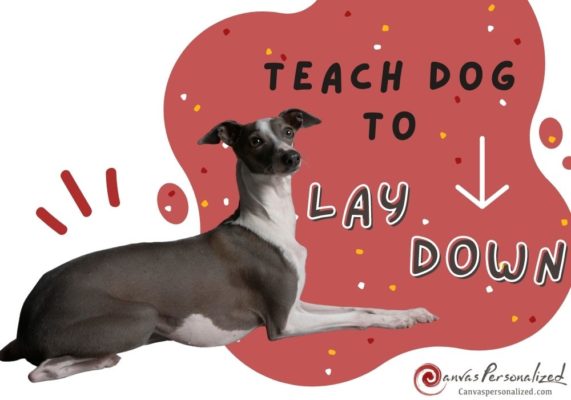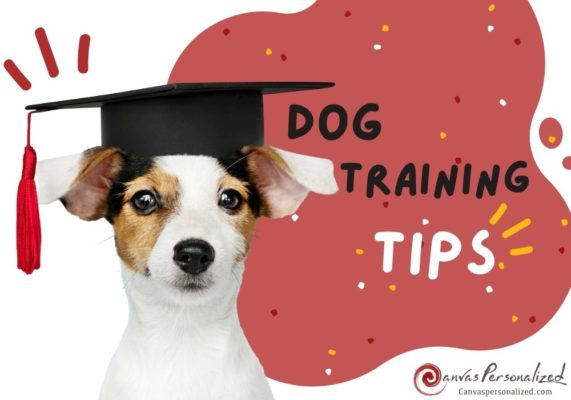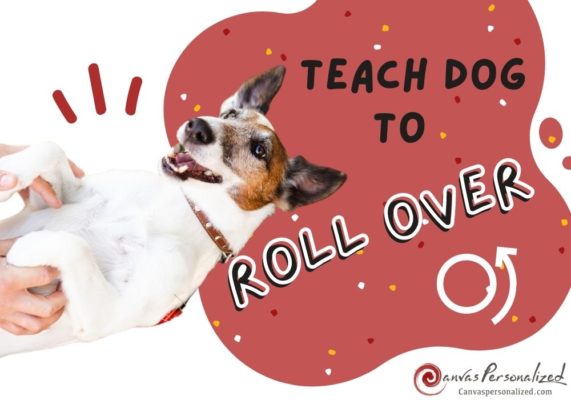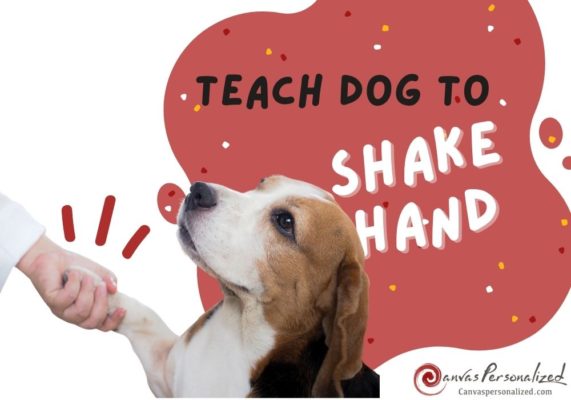Tired of chasing your furry friend around the park? Dreaming of peaceful walks where your dog happily returns to your side when called? Mastering recall isn’t just about convenience; it’s one of the most important skills your dog should learn. This guide will give you all the tips and tricks to teach a dog to come. Get ready for stress-free walks and a stronger bond between you and your dog with Cavas Personalized!
1. How To Train A Dog to Come When Called
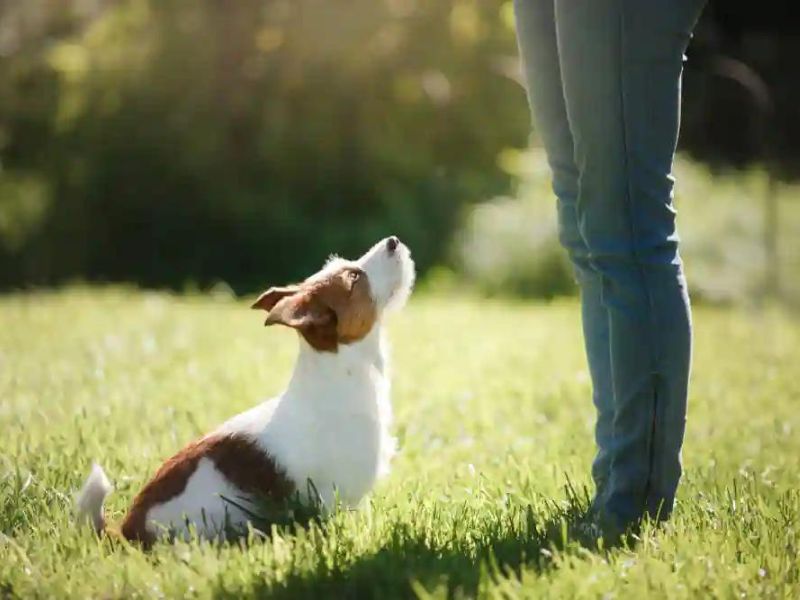
What You’ll Need
Before embarking on your dog’s recall training journey, it’s crucial to set the stage for success. This means creating an environment that minimizes distractions and maximizes your dog’s focus on you and the task at hand. Here’s what you’ll need to ensure a smooth and positive training experience:
- Location: Dogs are easily distracted, so choose a quiet area with minimal distractions. This could be a fenced-in backyard, a hallway inside your home, or a park with minimal people and animals around.
- High-value treats: These are treats your dog absolutely loves and will work hard for. Small, soft treats like cut-up pieces of hot dog or chicken are great options (*).
- Leash: A 6-foot leash is good for initial training. You can graduate to a longer leash (15-30 feet) for later stages.
(*) When your dog responds more consistently at the later stage of recall training, you can gradually switch to healthier rewards. Instead of treats high in calories, small, lower-calorie training treats will also work well. If your dog is already overweight, consider using natural, low-calorie alternatives like chopped carrots or green beans!
5 Easy Steps To Teach A Dog To Come
Step 1: Reward the Response
Start your training by sitting down with your dog in a low-distraction environment. Show your dog a toy or treat to get their attention. Then, say your dog’s name in a happy, excited tone. Immediately follow it with the “come” command (or your chosen cue word) delivered in the same enthusiastic tone.
The moment your dog makes any movement towards you, even if it’s a small step or a head turn in your direction, immediately give your dog a treat (and praise with a happy voice!) This teaches your dog that approaching you upon hearing the cue leads to something wonderful.
*Pro tip: Don’t skimp on the rewards in this initial stage! You want to create a strong positive association with the “come” cue.
Step 2: Repeat and Increase the Distance
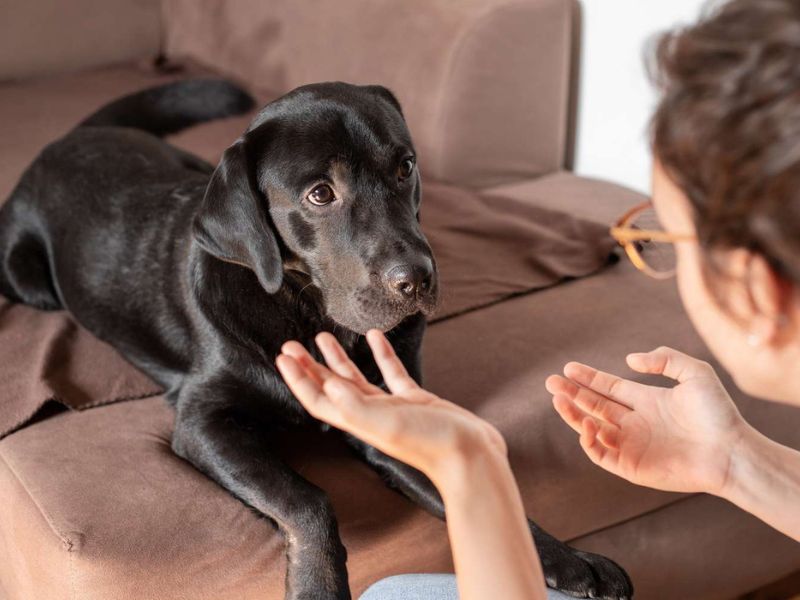
Now, drop a treat on the floor near you. As soon as your puppy finishes the treat on the ground, say the “name + come” again. When they look up, give them another treat. Repeat this session several times, then take a few quick steps away while calling. Your dog should run after you because chase is fun!
Once your dog consistently approaches you from short distances, gradually increase the distance between you and your pup. Take a small step or two back, repeat the cue, and reward your dog each time they come.
Step 3: Adding Challenge

Once your dog reliably comes in low-distraction areas, gradually introduce mild distractions like placing a favorite toy a few feet away or having another person standing nearby.
When introducing distractions, use an even more excited tone when delivering the “come” cue. This will help compete with the distraction and make coming to you more appealing.
Step 4: Long Training Leads
Move to a secure outdoor area like a fenced-in yard or a designated long-leash training area in a dog park. Use a long leash (15-30 feet) to allow your dog more freedom to explore while keeping them safe if they hesitate on recall.

Let your dog sniff around on the long leash, then use the “come” cue in a cheerful voice. When they start approaching, slowly reel in the leash to guide them towards you, but avoid jerking or forcing them. Before providing a reward, make sure your dog has fully approached you.
*Pro tip: Consider combining treats and praise as rewards at each new difficulty level. Once your dog consistently obeys the cue, gradually phase out treats and rely solely on praise as a reward. The ultimate goal is for your dog to respond to the “come” cue reliably, even without a treat waiting, which is crucial in real-world situations where you might not have treats and toys on hand.
Step 5: Off-Leash Dog Safety Training (Optional)

This is an advanced step and should only be attempted in a completely enclosed area like a private backyard with high fences.
Once your dog comes when called on a leash reliably, try letting them off-leash for short periods. Start training outside in calm environments and gradually increase distractions as the recall strengthens.
2. How to Know Your Obedience Training Success
For pups (3 months – 1 year), your dog must respond to a call from 10 feet away within the house. Adult dogs (4 months and older) must respond to calls from 20 feet away or another room, both indoors.
3. Fun Games to Teach a Dog to Come Back
Teaching recall isn’t just about drills and commands. It can (and should!) be a fun and engaging activity for both you and your dog. Here are some exciting games you can play with your dog to solidify their recall training and turn it into a joyful bonding experience!

- Catch Me: While walking your dog on a leash, catch their attention, turn around, and run a few steps. When they start following you, say their name and your chosen recall word (“Come!” or another cue). Then, let them play with a toy or give a treat once your dog catches you. Make sure your dog is paying attention before starting to avoid any leash yanks.
- Find me: Once your dog has gotten into the swing of things, play a fun game of hide-and-seek. Instead of standing in front of your dog, hide in another room and call them excitedly with a cue like “Find me!” or their name. After your pup finds you, give them plenty of praise and treats as a reward.
- Hot Potato: Gather a group of family members and have each one hold a small treat in hand, then separate. Take turns calling your dog over, using their name or recall cue. Each time your dog successfully comes to the person who called them, shower them with praise and a delicious treat! This game provides a fun way to practice recall while socializing your pup.
4. Mistakes to Avoid when Training Your Dog to Come

- Poisoning the cue
Sometimes, trainers accidentally create a “poisoned cue.” This means the word “come” becomes confusing for your dog, or they might even associate it with something negative, making them less likely to come the next time.
Reasons for this common training mistake? Overusing “come” cue. Imagine if someone kept saying your name, but nothing good ever happened – you might start ignoring them, too! Another reason is that you call your dog to come and then punish them. So, the next time you call them, they most likely associate the cue with being in trouble.
- Using low-value treats
Imagine calling your dog back, and they excitedly start trotting towards you for a treat. But if the treat isn’t something truly special for them, the next time, they may think coming to you is not worth it.
- Using your dog’s name as a cue
Calling only their names captures their attention but does not tell them what to do; thus, it is ineffective for training your dog.
- Rewarding your dog too early
Suppose you call your pup back during a walk, and they turn tail and head for you. Excited for their response, you might reach down and offer a treat before they actually reach your side. This teaches them that getting close is good enough – they don’t need to complete the entire “come” cue to earn a reward.
5. Troubleshooting Tips for Dog Recall Training
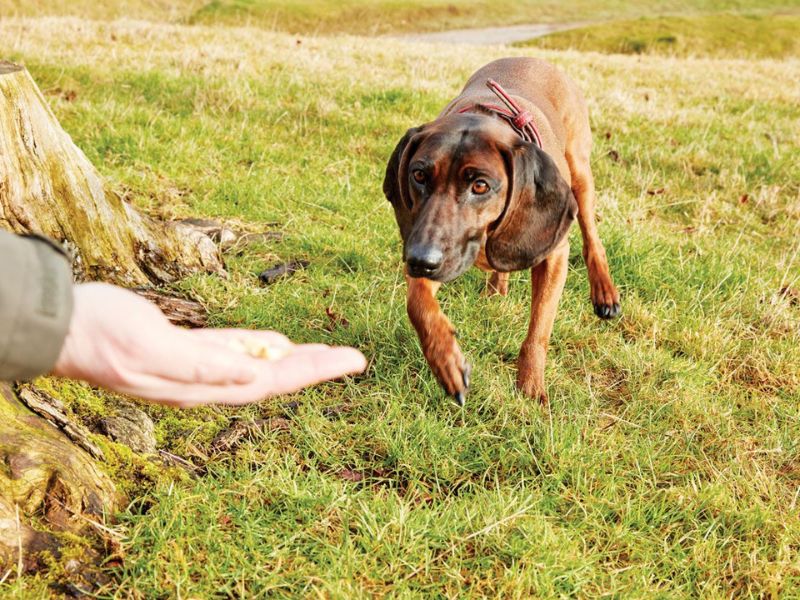
Teaching a dog to come when called is a game-changer when walking, but the training doesn’t always go smoothly. As a dog owner for many years, I’ve been there – the frantic “come here!” calls followed by a dog who seems to have forgotten my existence entirely. To help you avoid those struggles as well as the mentioned mistakes, here are some helpful dog training tips I’ve picked up over the years:
- Never punish your dog for coming to you.
Always praise your dog when they come back, regardless of how long it takes. “Training methods based on the use of rewards are claimed to be more effective than aversive methods,” says Ana Catarina Vieira de Castro in the research about improving dog training methods.
- Don’t rush through training.
While teaching your dog the “come” command, increase the difficulty only once your dog consistently comes when called at the current level. This builds confidence and makes learning less confusing for your furry friend.
- Always reward a successful recall.
Even if your dog was initially distracted, the moment they come to you, always praise and reward to encourage your dog! But remember, wait until your furry friend reaches you completely before offering a treat or praise. This reinforces the full action of coming all the way back to you.
- Be consistent.
Teach your dog every day, even if it’s just for a few minutes. Consistency is key to successful recall training. I recommend 2-3 minute training sessions and repeat the training 3-4 times a day.
- Use a clear cue.
If the cue “come” is poisoned, instead of repeating it ineffectively, pick a fresh, clear word like “here” or “close.” Then, start training the new cue from the beginning, just like you did the first time around. Training isn’t a straight line, and taking a step back doesn’t indicate that the dog is untrainable or a failure.

FAQs on How to Teach a Dog to Come
What age to teach a puppy to come?
You can actually start teaching your puppy the “come” command very early on! Ideally, you can begin around 8 weeks old, which is when most puppies come home to their new families. At this age, puppies are eager to learn and form new associations.
What to do if your dog isn’t listening or only obeys inconsistently?
Go back to the fundamentals of recall training. If treats aren’t cutting it, try something even more exciting, like their favorite toy or a short play session. Plus, if you’re struggling or need additional guidance, consult a professional dog trainer. They can provide personalized advice and help you troubleshoot specific challenges.
Can you teach an old dog to come?
Absolutely! The saying “You can’t teach an old dog new tricks” is often a misconception. While puppies may have a natural eagerness to learn, older dogs are perfectly capable of picking up new skills, including a reliable recall.
Just be prepared that they may take slightly longer to learn a new trick than puppies.
>>Further reading:
- How to Teach a Dog to Heel? – Best Tips for Naughty Friends
- Teach A Dog To Fetch Perfectly: Basic Guide in 5 Steps
- How To Teach A Dog To Smile: Easy Tricks In 6 Steps
With patience, positive reinforcement, and the guide from Canvas Personalized, you’re ready to teach a dog to come. Remember, a strong recall takes time and practice, but the rewards are endless – peaceful walks, a deeper bond with your pup, and the confidence to let your dog explore off-leash in a safe and controlled way. So grab some treats, unleash the fun, and get ready to call your dog a “come” that truly works!




